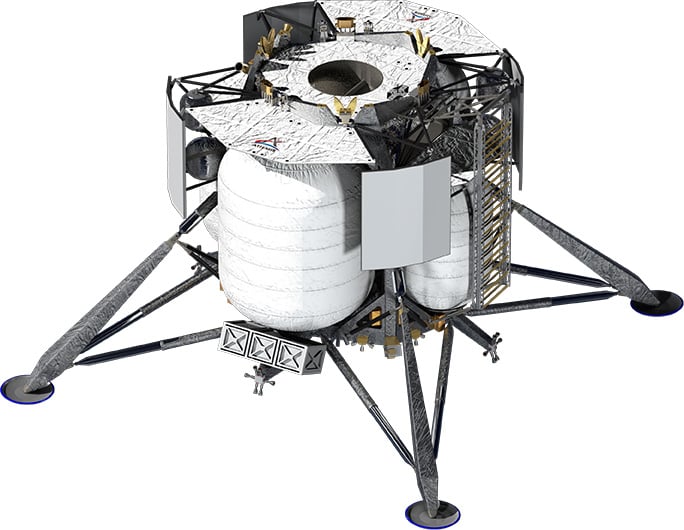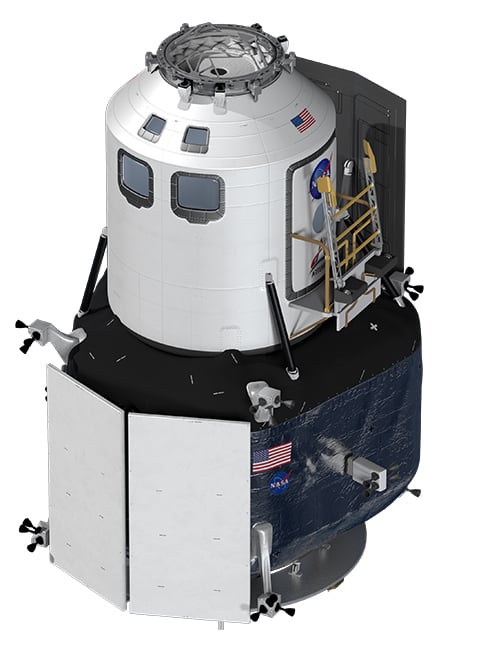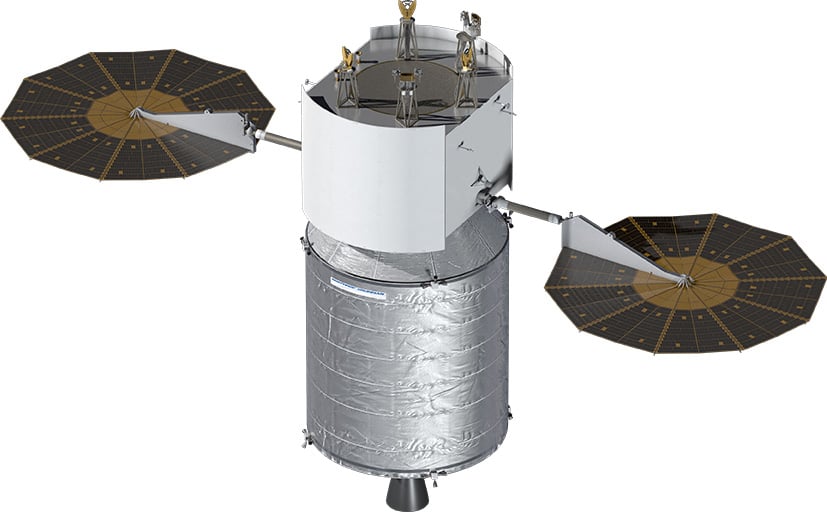Jeff Bezos' Blue Origin Delivers Massive Lunar Lander Mockup To NASA Ahead Of 2024 Moon Mission



Before any of these systems can be used, though, many tests and experiments must be run on this updated lunar module. This process is crucial in making sure everything is safe and will remain so over the course of a mission. Brent Sherwood, vice president of Advanced Development Programs at Blue Origin, states that “The learning we get from full-scale mockups can’t be done any other way. Benefitting from NASA’s expertise and feedback at this early stage allows us to develop a safe commercial system that meets the agency’s needs.” Until 2021, this lander will remain at JSC for a whole gamut of testing and running simulations. Throughout this time, the team will continue to add features to the lander to improve the experience and internal systems.
With these developments in the lunar lander, the goal for space travel is getting exciting. As Kirk Shireman, president of Lunar Campaigns at Lockheed Martin, says, “Together we form an excellent team to send our next astronauts to the Moon in 2024.” As these things begin to develop in the coming years, stick around HotHardware for further information and exciting space news.


